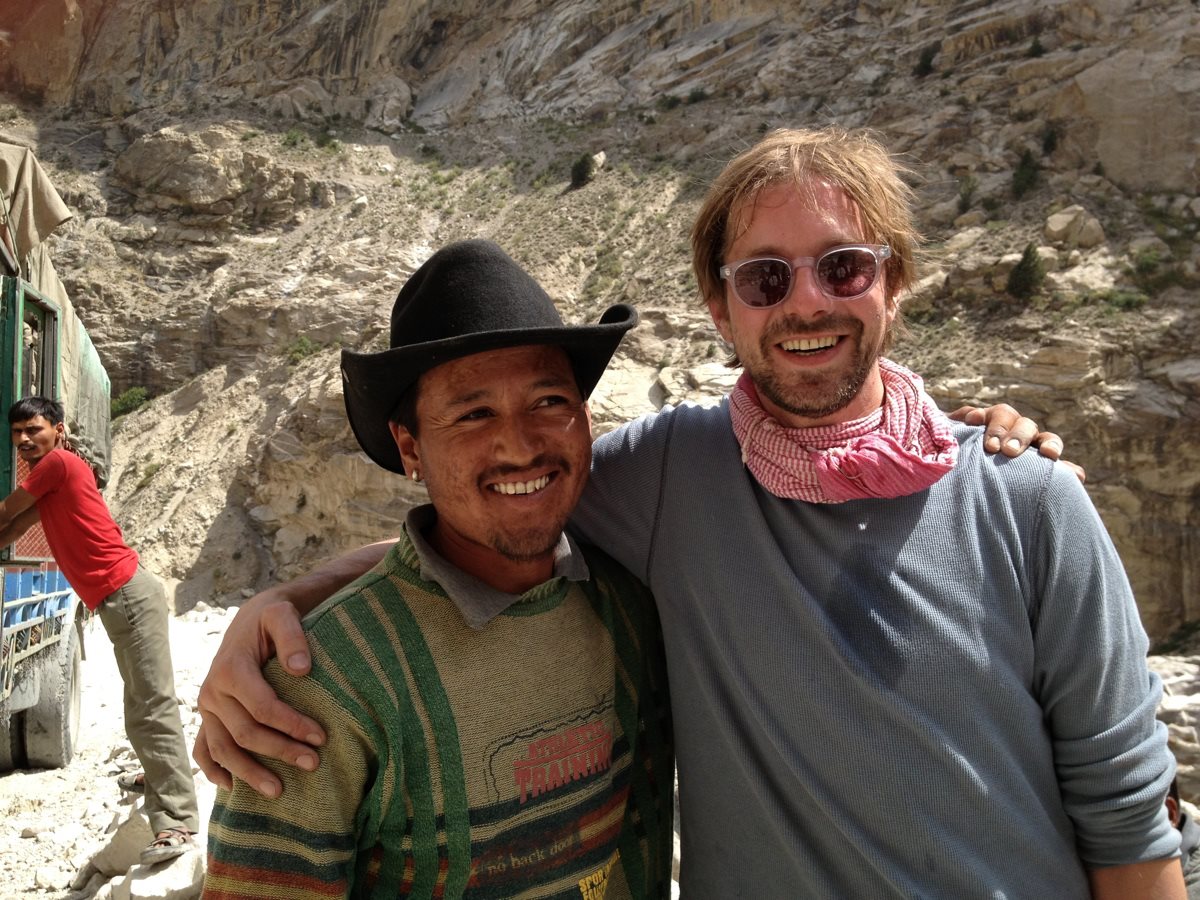Minerals are defined as naturally occurring inorganic substances. In other words, substances that are not man-made or made by other organisms. Nutritionally speaking, minerals are referred to as the inorganic substances that are required by the body for growth, tissue repair, nerve function, metabolic actions and other vital bodily processes.1
The body requires a wide variety of minerals to function optimally and each individual requires different amounts of these minerals based on their age, height, weight, sex and state of health. 2
There are a wide variety of health issues associated with mineral deficiencies such as muscle cramping, fatigue, digestive issues, irregular heart beat, loss of appetite, anemia, PMS, decreased immunity, depression, poor memory and focus.3 It’s best to see a qualified healthcare professional to address any of these issues.
Minerals are typically divided into two groups, macrominerals and microminerals (a.k.a. trace minerals). Both are of equal importance to the body, however, trace minerals are needed in smaller quantities for health benefits.
Calcium, potassium, sodium, phosphorus, sulfur and magnesium are among the most important macrominerals needed by the body.
Iron, iodine, zinc, copper, sulfur, chromium, manganese and selenium are essential trace minerals also necessary for proper cellular and metabolic processes in the body.
THE MINERAL ABSORPTION OBSTACLE
The body does not produce minerals on its own, therefore it is necessary to get them through plant foods or supplementation. Typically, food is the best way to get minerals as they are more easily absorbable in this form than through supplements. Although eating a diet with a variety of organic fresh fruit, vegetables, whole grains and lean proteins is a good way to ensure you are getting minerals, meeting the body’s daily requirements for optimal health can prove to be difficult today.
Plants absorb minerals through the soil and through this process the minerals become very small, ionically charged and readily absorbable by the body when we eat them. However, due to modern industrial farming methods, our soil today (especially in the United States) retains much lower mineral content than the soil that existed during our grandparents’ time, so plants are becoming less and less mineral rich.
Additionally, poor lifestyle and dietary choices (especially excess alcohol and sugar consumption) further diminish our body’s ability to absorb adequate ayurvedic minerals and their health benefits.
So not only is our food supply lacking the minerals we need, but the body’s ability to absorb what minerals we can get through the food is often diminished as well.
SHILAJIT - A MINERAL RICH POWERHOUSE
Millions of years ago, all of the continents were once connected, known as Pangea. (Image 1) The forces of the earth’s techtonic plates eventually broke them apart and formed the seven continents we know today.

During this process, which occurred over millions of years, the Indian subcontinent broke off from the Indo-Australian tectonic plate and made its way north towards the Eurasian plate. When India and Tibet eventually collided, the pressure forced the rock upwards and formed the massive mountainous region known as the Himalayas. To this day, the Himalayas continue to rise by 2 cm every year due to the movement of the plates. 4
During the time the Himalayas were formed, mineral-rich plant matter became trapped within the rocks. Over time, the high pressure from the weight of mountains along with the extreme heat from the sun transformed this matter into a concentrated mineral-rich resin that flowed out of the rocks. This substance is known as Shilajit. (Image 2,3)


Because Shilajit is formed from ancient plants that grew in mineral rich soil millions of years ago, its mineral content is extremely high. It can contain as much as 85 minerals and trace elements.
In addition, it contains fulvic acid which enhances the absorption of these minerals in the body. The myriad of health benefits of taking trace minerals to increase the body's nutrient absorption is why Shilajit is such a substance of importance in Ayurvedic medicine and sought after supplement around the world.
FASTER ABSORPTION WITH FULVIC ACID
Fulvic acid is becoming increasingly popular as more people discover its profound ability to increase mineral absorption, detoxify the body and increase antioxidant activity. The naturally occurring fulvic acid in Shilajit is able to permeate the body’s cell walls easily, which enhances the transportation and absorption of nutrients. It may be its fulvic acid content which accounts for the belief in Ayurveda that Shilajit functions as a Yogavahi, a substance which increases the absorption and efficacy of other substances. It is that said that the actions of any herb, food or supplement are magnified when taken with Shilajit.
THE ONLY PURE, GOLD GRADE AUTHENTIC SHILAJIT
Lotus Blooming Herbs™ Founder, Johann Helf, spent years in remote mountain areas of India to find genuine Himalayan Shilajit at altitudes as high as 18,000 feet, and to this day still works directly with the indigenous families and tribes of the areas to source 100% pure, Gold Grade Authentic Shilajit™.



References:
1. King, Hobart M. “What Are Minerals?” Geology, geology.com/minerals/what-is-a-mineral.shtml.
2. “Minerals and Trace Elements.” British Nutrition Foundation, July 2009, www.nutrition.org.uk/nutritionscience/nutrients-food-and-ingredients/minerals-and-trace-elements.html?showall=1&limitstart=.
3. https://www.healthline.com/health/mineral-deficiency#10
4. “The Himalayas.” PBS, Public Broadcasting Service, 21 Oct. 2014, www.pbs.org/wnet/nature/the-himalayas-tectonic-motion-making-the-himalayas/6342/.
Image 1: World Atlas: https://www.worldatlas.com/articles/what-is-pangea.html
Image 2: Shilajit in rock before extraction. Source; Johann Helf
Image 3: Johann Helf holding up a piece or rock with Shilajit before purification. Source: Johann Helf
Image 4: Johann Helf with his motorcycle in the Himalayas
Image 5: Johann Helf with members of the indigenous tribes in the Himalays
